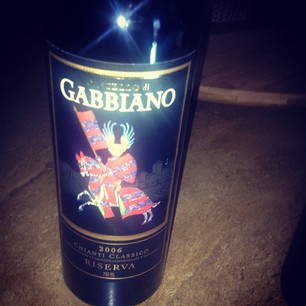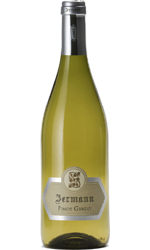Wine is made from grapes, and there is a basic process for how white wines and red wines are made. Yeasts are used to start the process in almost all cases. Many wine makers use sulphar dioxide to help the process along, while others use organic techniques. And the grapes are effected by their terroir, which provides unique characteristics to different grapes from different regions with different growing conditions. But none of these are the secret ingredient in wine.
The secret ingredient in wine is the fellowship and company with which the wine is drunk!
“Eating is an intelligent act, or it’s merely an animal one. And what makes it intelligent is the company of other mouths and minds,” says Adam Gopnik from The Table Comes First. Well said indeed! I believe that applies equally well to a table of food and wine and to just sharing a bottle with friends. In my earlier blog post “Wine Snob versus Wine Enthusiast – which one are you?” I point out one of the differences between a
Wine Snob
- They bragged about the excellent wines they had, but never found the opportunity to share the wine with friends or to give a bottle to a friend
Wine Enthusiast
- They are happy to share wine, either by contributing a bottle, or by asking all who share to chip in for a special bottle of wine, or by setting some rules to have each person bring a bottle according to the rules established
Wine (and food) goes better with people, and the better the people, the better the wine tastes!
We have a lot of work colleagues away from home during the week, so we regularly have a ‘singles and strays’ dinner to get them together and make sure they get both some good company and a good home-cooked meal.
When I was at (a Catholic) university, I had a priest teaching an honors course who said that “if you cannot find time to break bread and enjoy a meal with family or friends, then something is drastically wrong with your life.” I believe this to be true and and something ‘busy’ American families and many others do not appreciate. We tend to grab a meal on the run, getting our daily bread where we can find or buy it, and each family member does so according to their own schedule.
There is great joy in sitting together, drinking together and eating together which is the essence of life. We have made a point to have people over regularly, to find reasons to commune over a good meal and wine. We are all better for it, and the wine taste better because of it!



















